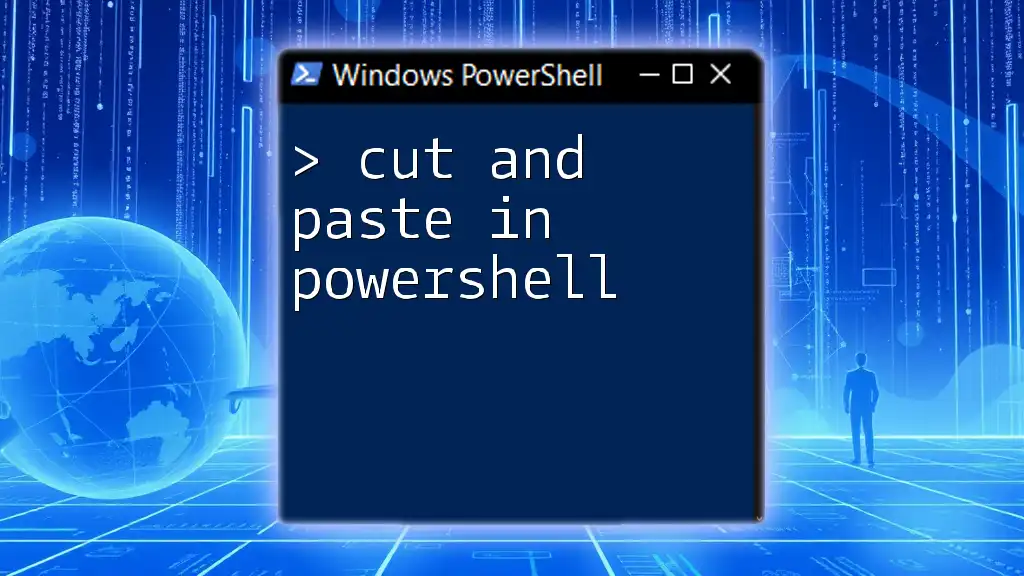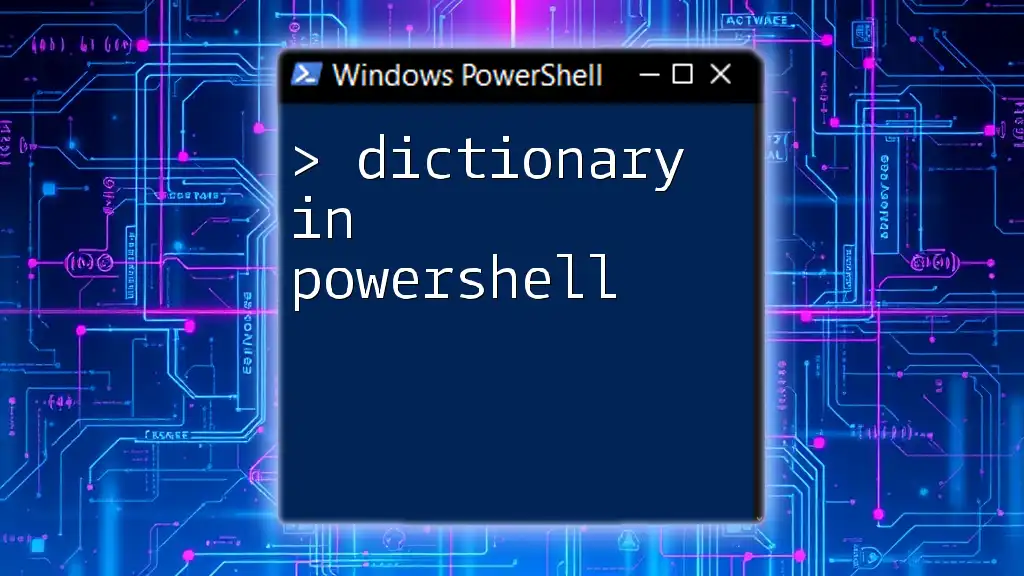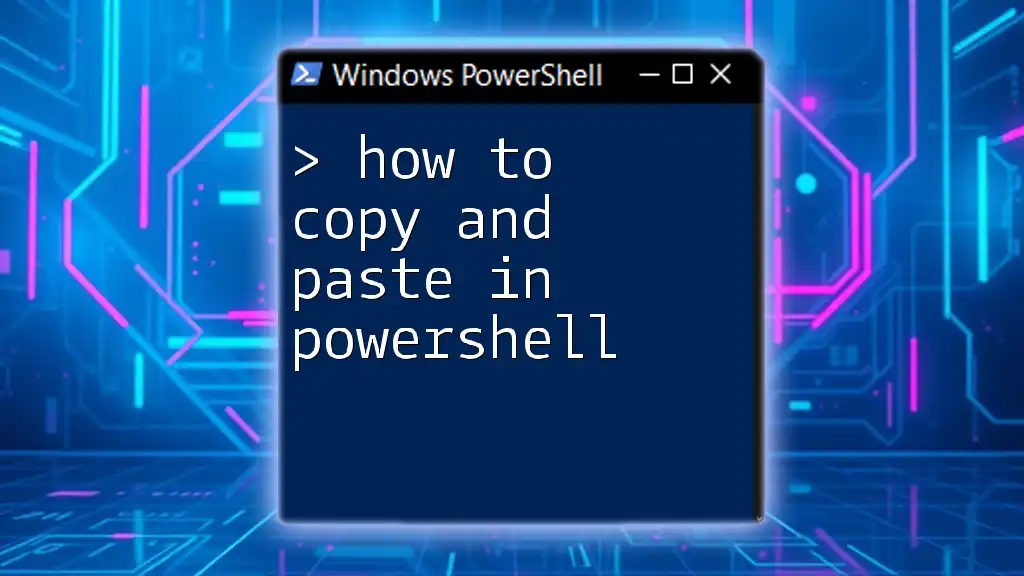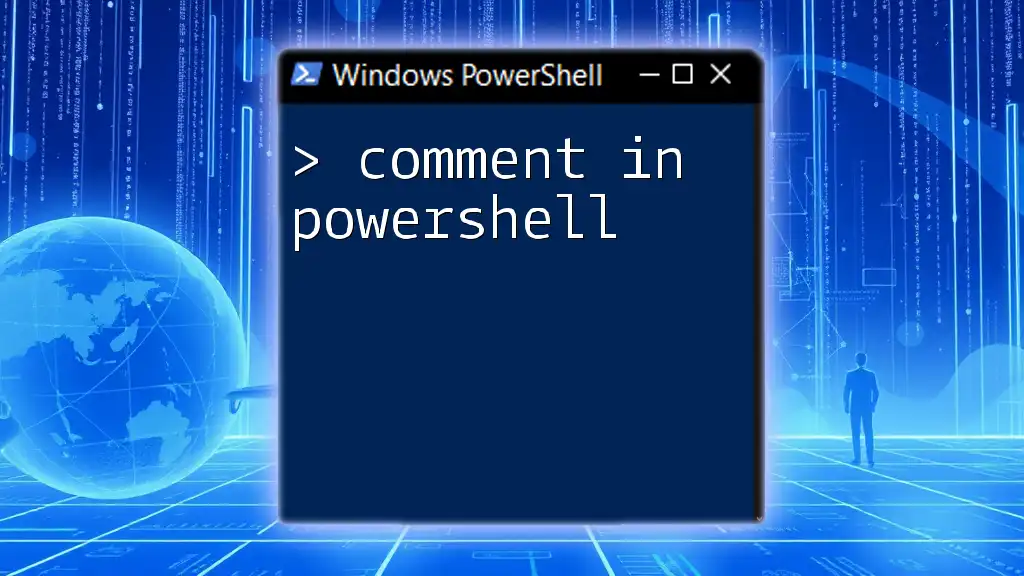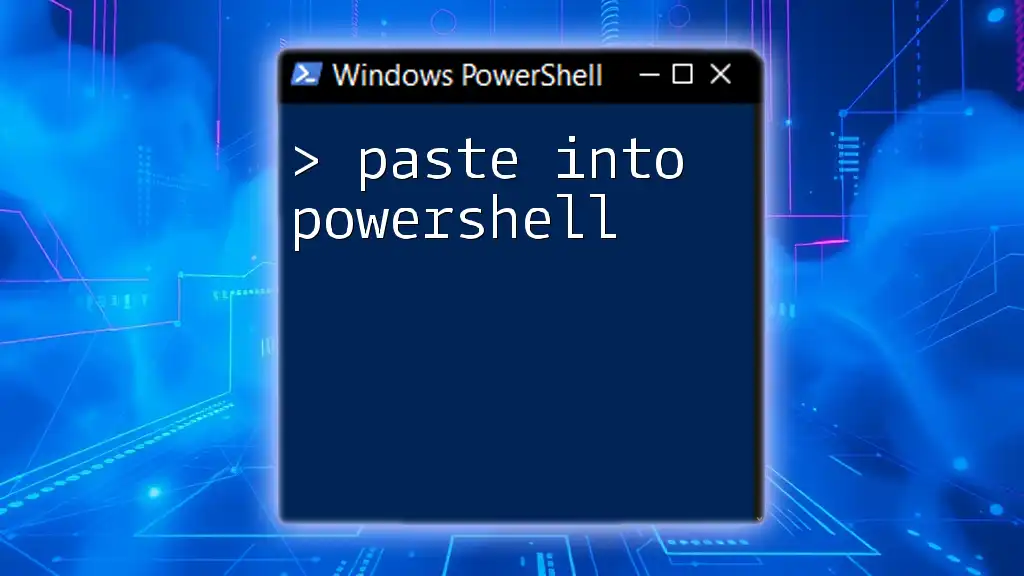In PowerShell, cutting and pasting can be achieved by using the `Get-Clipboard` and `Set-Clipboard` cmdlets to transfer data between the clipboard and PowerShell.
Here's a code snippet illustrating how to cut text from one location and paste it into another using PowerShell:
# Cut the text from the file and save it to Clipboard
Get-Content 'C:\path\to\source.txt' | Set-Clipboard
# Paste the text from Clipboard to a new file
Get-Clipboard | Set-Content 'C:\path\to\destination.txt'
Understanding the Basics of Cut and Paste
What is Cut and Paste?
Cut and paste is a fundamental operation used to move text or files from one location to another. In the context of PowerShell, these operations can involve manipulating text data or managing files and directories. By mastering these functions, users enhance their productivity and streamline their workflow.
Why Use PowerShell for Cut and Paste?
Using PowerShell for cut and paste tasks provides distinct advantages over traditional methods. PowerShell allows for automation, enabling users to batch process cut and paste operations without manual intervention. Additionally, PowerShell provides a rich set of cmdlets and scripting capabilities that can handle more complex tasks that would be cumbersome in other interfaces.
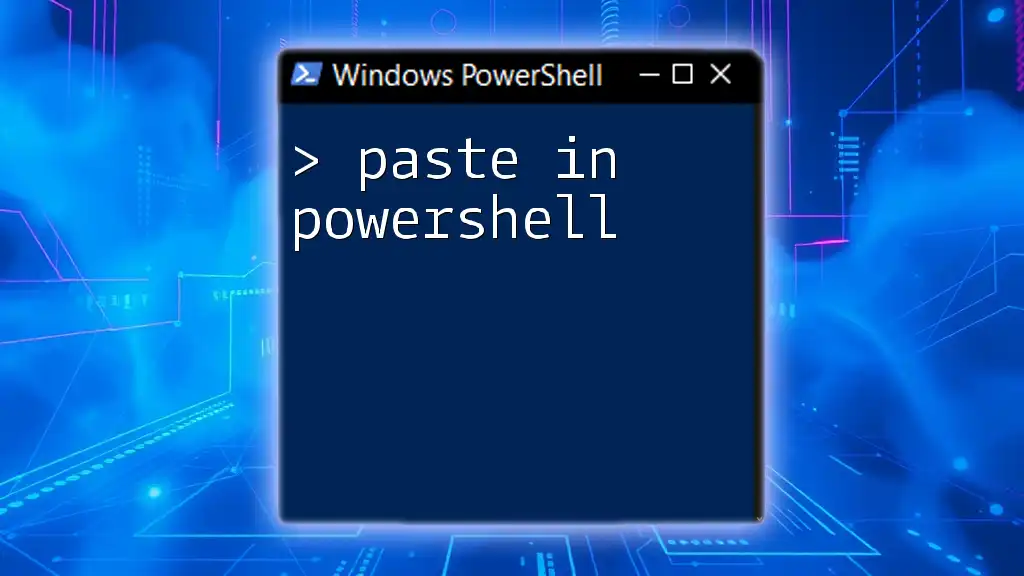
How to Cut and Paste Text in PowerShell
Using Keyboard Shortcuts
PowerShell supports standard keyboard shortcuts, making it easy for users to perform cut and paste operations.
- Cut: Use `Ctrl + X` to cut selected text.
- Copy: Use `Ctrl + C` to copy selected text.
- Paste: Use `Ctrl + V` to paste the copied or cut text.
It's important to note that keyboard shortcuts may behave differently in Windows PowerShell compared to PowerShell Core, so users should be mindful of the version they are working with.
Using PowerShell Cmdlets
The `Set-Clipboard` Cmdlet
The `Set-Clipboard` cmdlet is a powerful tool for cutting and pasting text directly from the command line. This cmdlet allows you to place data into the clipboard, effectively performing a cut operation.
Example:
"This is a test string" | Set-Clipboard
In this example, the string is sent to the clipboard. You can then paste it anywhere, such as into a text editor or another application.
The `Get-Clipboard` Cmdlet
To retrieve data from the clipboard, you can use the `Get-Clipboard` cmdlet. This cmdlet outputs whatever text has been copied or cut.
Example:
Get-Clipboard
Upon execution, this command will display the current contents of the clipboard. This is particularly useful when you want to confirm what data you have ready for pasting.
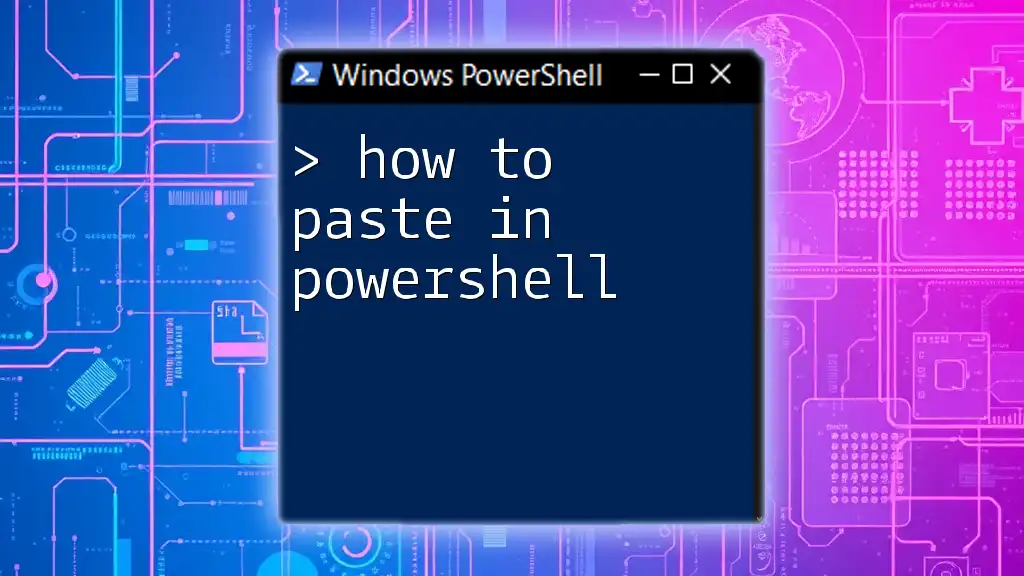
Advanced Cut and Paste Techniques
Scripting Cut and Paste Operations
PowerShell enables users to automate cut and paste tasks effectively through scripting. The convenience of scripting can save time, especially when performing repetitive tasks.
Example of a script that cuts a file:
Move-Item "C:\Source\file.txt" "C:\Destination\"
In this example, the `Move-Item` cmdlet is employed to move `file.txt` from the source directory to the destination directory. This operation functions as a cut-and-paste action specifically for files.
Using PowerShell to Cut and Paste in Remote Sessions
Cutting and pasting data in remote sessions is a significant advantage of PowerShell, particularly for system administrators managing multiple servers.
Example of using `Invoke-Command` for remote cut and paste:
Invoke-Command -ComputerName RemoteServer -ScriptBlock { Get-Content "C:\RemoteFolder\file.txt" | Set-Clipboard }
This command accesses a remote server named `RemoteServer`, retrieves the contents of `file.txt`, and places it into the clipboard of the local machine. Such functionality is invaluable for remote management tasks.

Troubleshooting Common Issues
Issues with Clipboard Access
Users may encounter common clipboard access errors, particularly when executing scripts that involve cut and paste operations. If faced with errors, check the following:
- Ensure that the script or cmdlet is running with sufficient permissions.
- If the clipboard appears to be empty, verify that the cut or copy operation has been executed correctly.
Pitfalls to Avoid
While cutting and pasting in PowerShell can significantly boost productivity, there are some pitfalls to watch out for:
- Forgetting to Check the Clipboard: Always confirm what you have in your clipboard after performing an operation, to avoid unintentional overrides.
- Overlooking Permissions: Ensure you have the necessary permissions to move files when using commands like `Move-Item`.
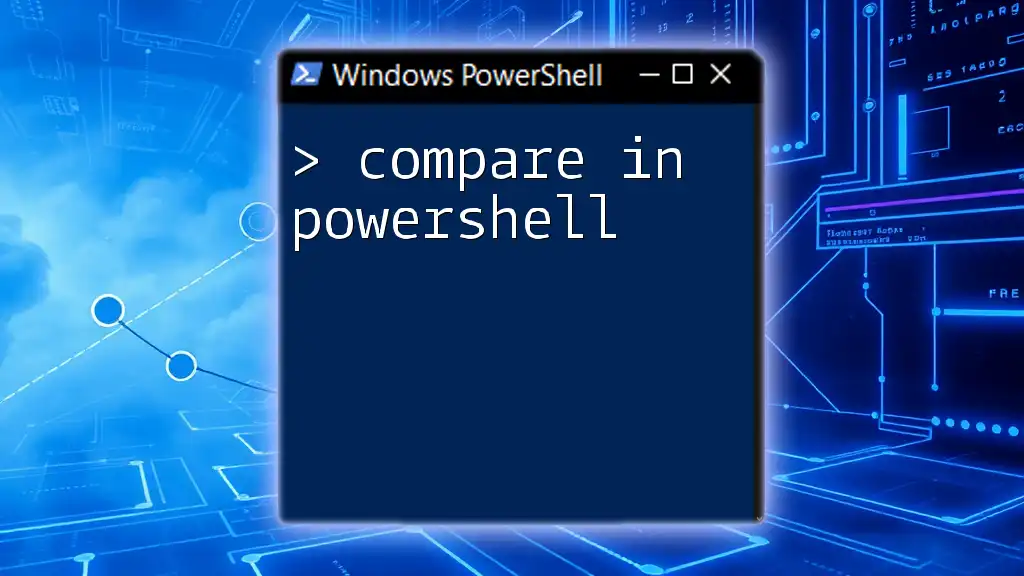
Conclusion
PowerShell provides versatile tools for performing cut and paste operations that can greatly enhance your efficiency. By understanding and applying the techniques discussed in this guide, you will be equipped to manipulate text and files seamlessly within your PowerShell environment.
The possibilities for automation and remote management make mastering cut and paste in PowerShell a valuable skill for any Windows administrator. Embrace the PowerShell environment, and experiment with its capabilities to discover new ways to improve your workflows!
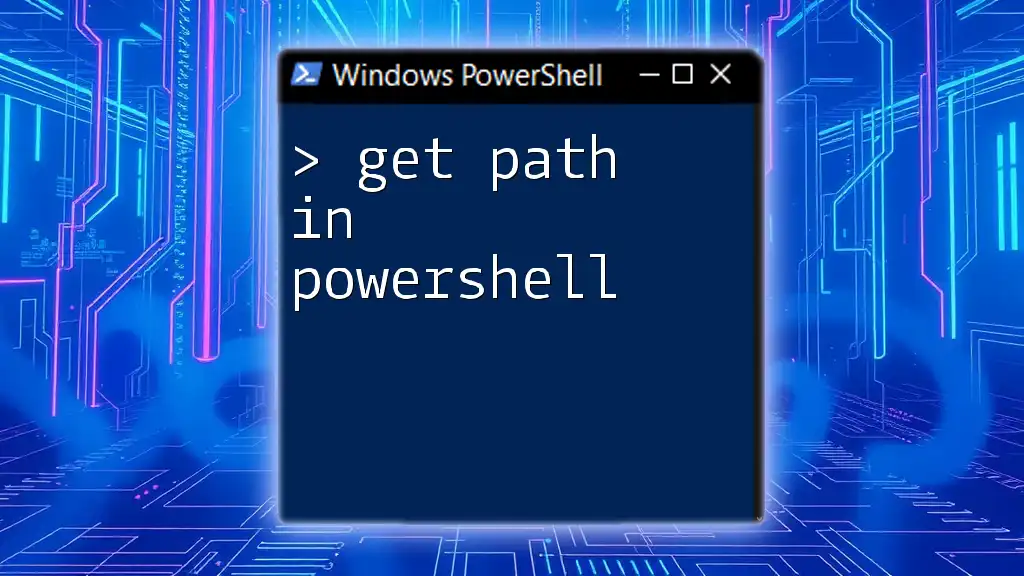
Additional Resources
Recommended Reading
For further learning, explore books, articles, and the official PowerShell documentation to expand your understanding and skills.
Community and Support
Engage with forums and online communities to connect with other PowerShell users, share knowledge, and find solutions to your queries.

